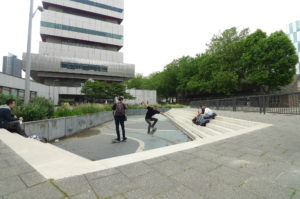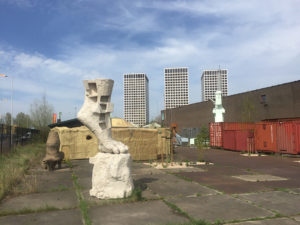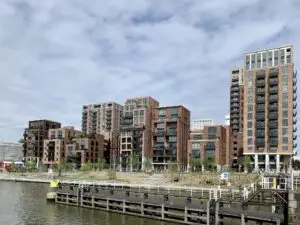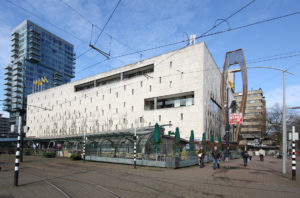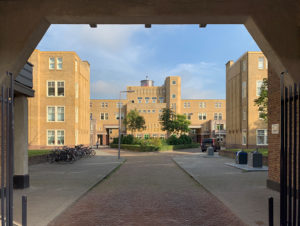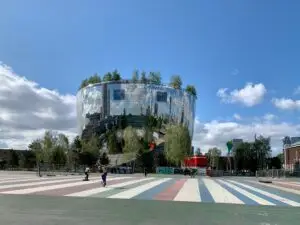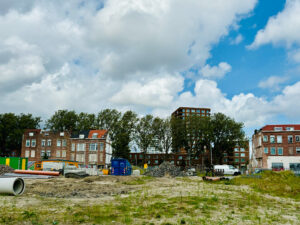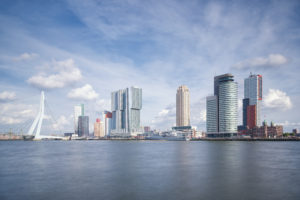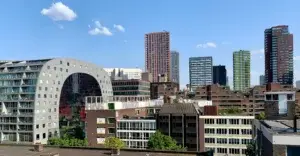Water Management and Climate Adaptation
- Rotterdam
- Duration: 3–4 hours
- Date and time to be defined
- max. 25 participants per guide
- public transport or bike
- Contact us for a quote
Situated in the Rhine delta, Rotterdam is often called the “delta metropolis”—a name that reflects both its location and the challenges it faces.
In a city that lies mostly below sea level, managing water from all directions – sea, river, groundwater, and rain – is a constant concern. So, how does Rotterdam handle the increasing precipitation?
One solution is “meervoudig ruimtegebruik,” or the multi-purpose use of public spaces. The idea is to combine essential water retention areas with valuable urban assets.
A prime example is the Zomerhofkwartier, a formerly neglected office district now serving as a test site for rainwater retention projects, focusing on de-sealing public areas.
Additionally, Rotterdam is revitalizing its unused harbor basins, integrating homes, hotels, and offices into these large waterfront spaces.
On this tour, a “Guiding Architect” will showcase how Rotterdam creatively tackles its climate adaptation challenges, with visits to innovative projects that address these critical issues.
Tour Highlights: Water Management and Climate Adaptation
- Explanations about water management in Rotterdam
Hofbogenpark on top of a former railway station, to be continued on a 2km highline (De Urbanisten, 2018–2024)
Test field Zomerhofkwartier with ZOHO raingarden
Watersquare Benthemplein (De Urbanisten, 2013)
Square design with rainwater rentention basins doubling as sports fieldsFloating Office for the Global Commission on Adaptation (Powerhouse Company 2021)
Wikkelboat floating hotel suites (Fiction Factory, 2021)
Future Rijnhavenpark: activation of the harbour basin and waterfront

